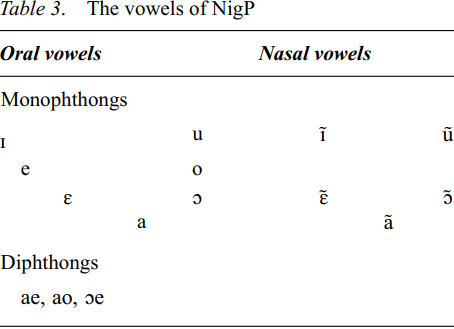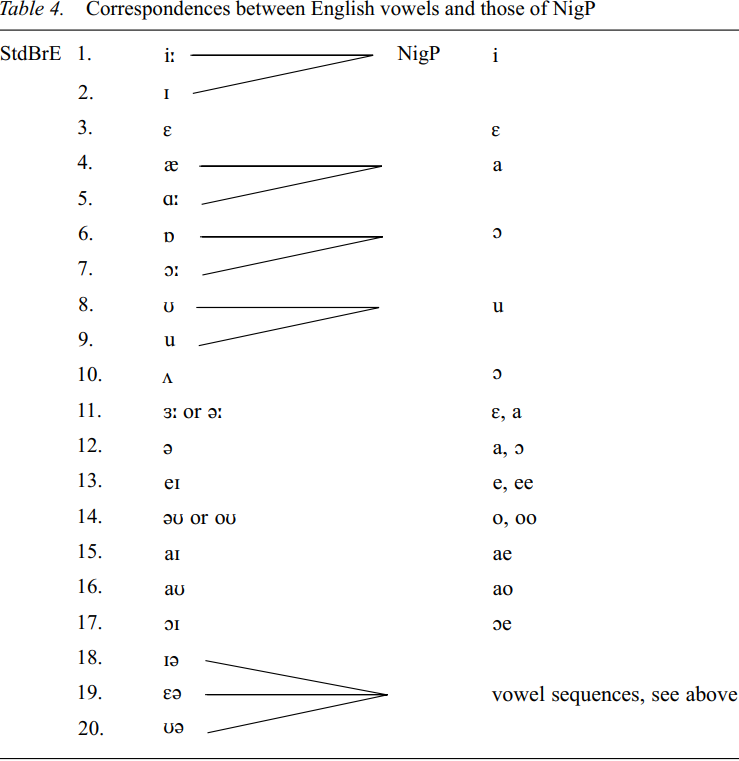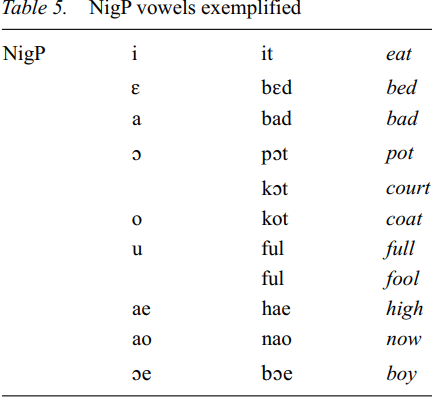

Grammar


Tenses


Present

Present Simple

Present Continuous

Present Perfect

Present Perfect Continuous


Past

Past Simple

Past Continuous

Past Perfect

Past Perfect Continuous


Future

Future Simple

Future Continuous

Future Perfect

Future Perfect Continuous


Parts Of Speech


Nouns

Countable and uncountable nouns

Verbal nouns

Singular and Plural nouns

Proper nouns

Nouns gender

Nouns definition

Concrete nouns

Abstract nouns

Common nouns

Collective nouns

Definition Of Nouns

Animate and Inanimate nouns

Nouns


Verbs

Stative and dynamic verbs

Finite and nonfinite verbs

To be verbs

Transitive and intransitive verbs

Auxiliary verbs

Modal verbs

Regular and irregular verbs

Action verbs

Verbs


Adverbs

Relative adverbs

Interrogative adverbs

Adverbs of time

Adverbs of place

Adverbs of reason

Adverbs of quantity

Adverbs of manner

Adverbs of frequency

Adverbs of affirmation

Adverbs


Adjectives

Quantitative adjective

Proper adjective

Possessive adjective

Numeral adjective

Interrogative adjective

Distributive adjective

Descriptive adjective

Demonstrative adjective


Pronouns

Subject pronoun

Relative pronoun

Reflexive pronoun

Reciprocal pronoun

Possessive pronoun

Personal pronoun

Interrogative pronoun

Indefinite pronoun

Emphatic pronoun

Distributive pronoun

Demonstrative pronoun

Pronouns


Pre Position


Preposition by function

Time preposition

Reason preposition

Possession preposition

Place preposition

Phrases preposition

Origin preposition

Measure preposition

Direction preposition

Contrast preposition

Agent preposition


Preposition by construction

Simple preposition

Phrase preposition

Double preposition

Compound preposition

prepositions


Conjunctions

Subordinating conjunction

Correlative conjunction

Coordinating conjunction

Conjunctive adverbs

conjunctions


Interjections

Express calling interjection

Phrases

Sentences


Grammar Rules

Passive and Active

Preference

Requests and offers

wishes

Be used to

Some and any

Could have done

Describing people

Giving advices

Possession

Comparative and superlative

Giving Reason

Making Suggestions

Apologizing

Forming questions

Since and for

Directions

Obligation

Adverbials

invitation

Articles

Imaginary condition

Zero conditional

First conditional

Second conditional

Third conditional

Reported speech

Demonstratives

Determiners


Linguistics

Phonetics

Phonology

Linguistics fields

Syntax

Morphology

Semantics

pragmatics

History

Writing

Grammar

Phonetics and Phonology

Semiotics


Reading Comprehension

Elementary

Intermediate

Advanced


Teaching Methods

Teaching Strategies

Assessment
Vowels
المؤلف:
Ben Elugbe
المصدر:
A Handbook Of Varieties Of English Phonology
الجزء والصفحة:
834-46
2024-05-08
1286
Vowels
Across Nigeria, the majority of the dialects of NigP have a simple seven-quality vowel system. However, there are also diphthongs, which are double quality vowels that nonetheless function as single syllable nuclei. A complete inventory of NigP vowels would therefore be as in table3;

The three diphthongs listed here correspond to what are normally [aɪ] , [aʊ] and [ɔɪ] respectively in Standard British English (StdBrE). In the established numbering of English vowels, these are numbers 15, 16, and 17 respectively, the rising diphthongs. This analysis differs from that of Mafeni (1971), for whom words such as /praod/ proud and /smael/ smile end in consonant clusters – /prawd/ and /smayl/ respectively. Moreover, in Mafeni’s system, the word /bɔe/ boy would be /bɔy/, ending in a consonant. Thus Mafeni recognized no vowel sequences and no diphthongs in NigP. By contrast, Elugbe and Omamor (1991) recognized these three diphthongs as /ai/, /au/, and /ɔi/ respectively. In fact, the terminal point never goes as high as /i/ or /u/ – hence /ae/, /ao/, /ɔe/ here.
In NigP as well as in NigE, another pair of rising diphthongs, English vowel number 13, /eɪ/ , and number 14, /oʊ/ or /əʊ/ are [e] or [ee] and [o] or [oo] respectively. The double vowel form is found in word-final open syllables while the single vowel pronunciation occurs in closed syllables. At a recent workshop on translating the Bible into NigP, the above rule was found to separate words such as NigP wet ‘wait’ from wee ‘way’. Thus, ‘The way in which it was written by John’ is rendered as di wee we John (tek) raet am. The relative marker ‘which’ is we’ with a short vowel in NigP, whereas the noun ‘way’, with an open syllable is wee.
The centring diphthongs of StdBrE are numbers 18, /ɪə/ , 19, /εə/ , and 20, /ʊə/ . In NigP, these may be analyzed as sequences of vowels, (Elugbe and Omamor 1991). Thus we find the following correspondences between StdBrE and NigP: StdBrE centring diphthongs in NigP:
–  ear is NigP /ia/ with a distinct, albeit weak /j/ between the twin qualities of the diphthong: [ija].
ear is NigP /ia/ with a distinct, albeit weak /j/ between the twin qualities of the diphthong: [ija].
–  air is NigP /εa/ or /εε/ – in each case they are two distinct vowels.
air is NigP /εa/ or /εε/ – in each case they are two distinct vowels.
– /ʊə/ poor is /puɔ/ with a weak /w/ between the two vowel qualities of the diphthong: /puwɔ/
It should be noted here that the alternative to [ʊə], which in StdBrE is [ɔ:], (for example /pʊə/ or /pɔ:/ ‘poor’) does not feature in NigP. The vowels of NigP were clearly based on a variety of English which did not alternate /ʊə/ with /ɔ:/. However it did recognize the vowel /ɔ:/ which, like /ɔ/ or /ɒ/, corresponds to NigP /ɔ/. For example, the utterances in (1) and (2) are both said without a distinction between pot and Port (Port Harcourt):

Without the prepositions, the two utterances sound exactly the same.
It can be seen therefore that the simplification of the English vowel system in NigP followed very clear lines as shown in table 4.

Table 5 below exemplifies the vowels of NigP:

 الاكثر قراءة في Phonology
الاكثر قراءة في Phonology
 اخر الاخبار
اخر الاخبار
اخبار العتبة العباسية المقدسة

الآخبار الصحية















 قسم الشؤون الفكرية يصدر كتاباً يوثق تاريخ السدانة في العتبة العباسية المقدسة
قسم الشؤون الفكرية يصدر كتاباً يوثق تاريخ السدانة في العتبة العباسية المقدسة "المهمة".. إصدار قصصي يوثّق القصص الفائزة في مسابقة فتوى الدفاع المقدسة للقصة القصيرة
"المهمة".. إصدار قصصي يوثّق القصص الفائزة في مسابقة فتوى الدفاع المقدسة للقصة القصيرة (نوافذ).. إصدار أدبي يوثق القصص الفائزة في مسابقة الإمام العسكري (عليه السلام)
(نوافذ).. إصدار أدبي يوثق القصص الفائزة في مسابقة الإمام العسكري (عليه السلام)


















